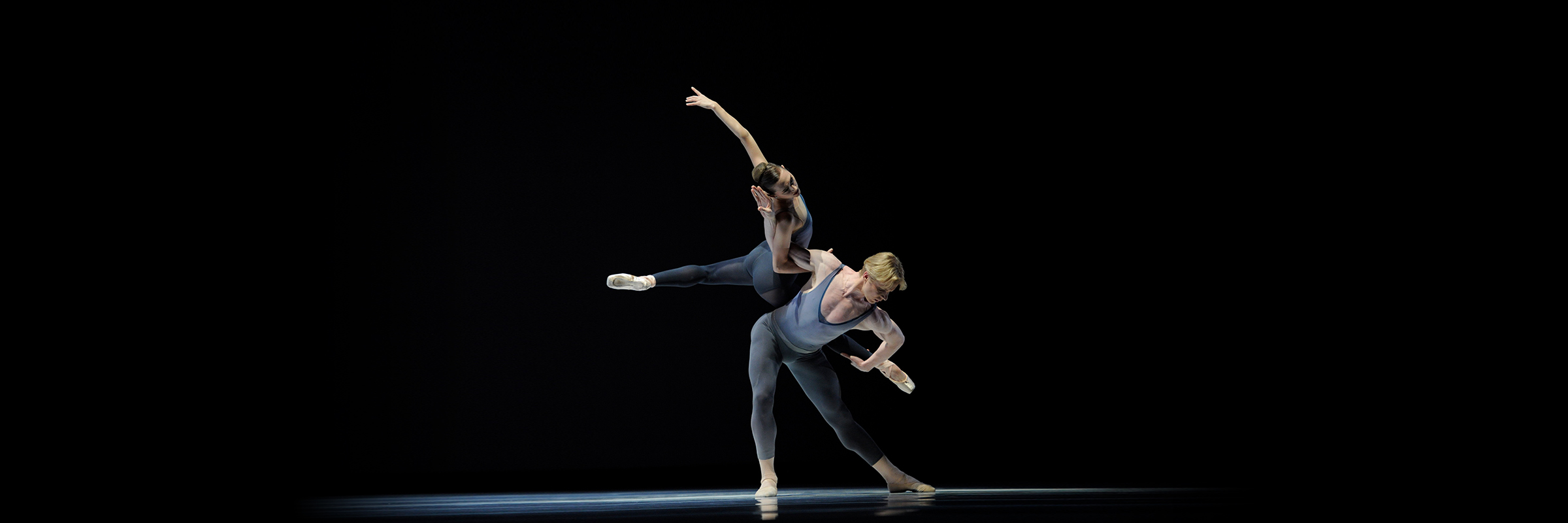Instant Expert: In Space & Time
Arranging Music for Ballet
Which came first: the ballet or the score? Like the chicken and the egg, this question may be more complicated than it seems. For some ballet choreographers, the answer is the score: their process begins with the music and they choreograph to the music as it is written. But for others, the answer is the ballet—or, at least, an idea of a ballet. In this case, the music, either preexisting or created for dance, must be adapted and changed to suit the choreographer’s idea.
Program 03, entitled In Space and Time, features three ballets with three scores that have been expressly arranged for dance, but each in a different way. For The Fifth Season, SF Ballet Artistic Director Helgi Tomasson wanted to use Karl Jenkins’ String Quartet No. 2. However, he knew he wanted six sections in his ballet, and it only had five. So Tomasson added in a section from another piece Jenkins wrote.
In Snowblind, choreographer Cathy Marston wanted to create a soundscape that matched the story she had to tell about New England in the early 1900s. She worked with composer Philip Feeney to select music by Amy Beach and Arthur Foote—composers working in Boston during the period—as well as Arvo Pärt. Feeney arranged those scores together, and added in some music of his own.
Finally, for Etudes, the inspiration actually came from the arranger: Knudåge Riisager, a Danish composer, had the idea to orchestrate a series of Carl Czerny piano etudes for full orchestra and choreographer Harald Lander ran with the idea, creating this iconic ballet.
Header Image: Sarah Van Patten and Tiit Helimets in Tomasson’s The Fifth Season // © Erik Tomasson








